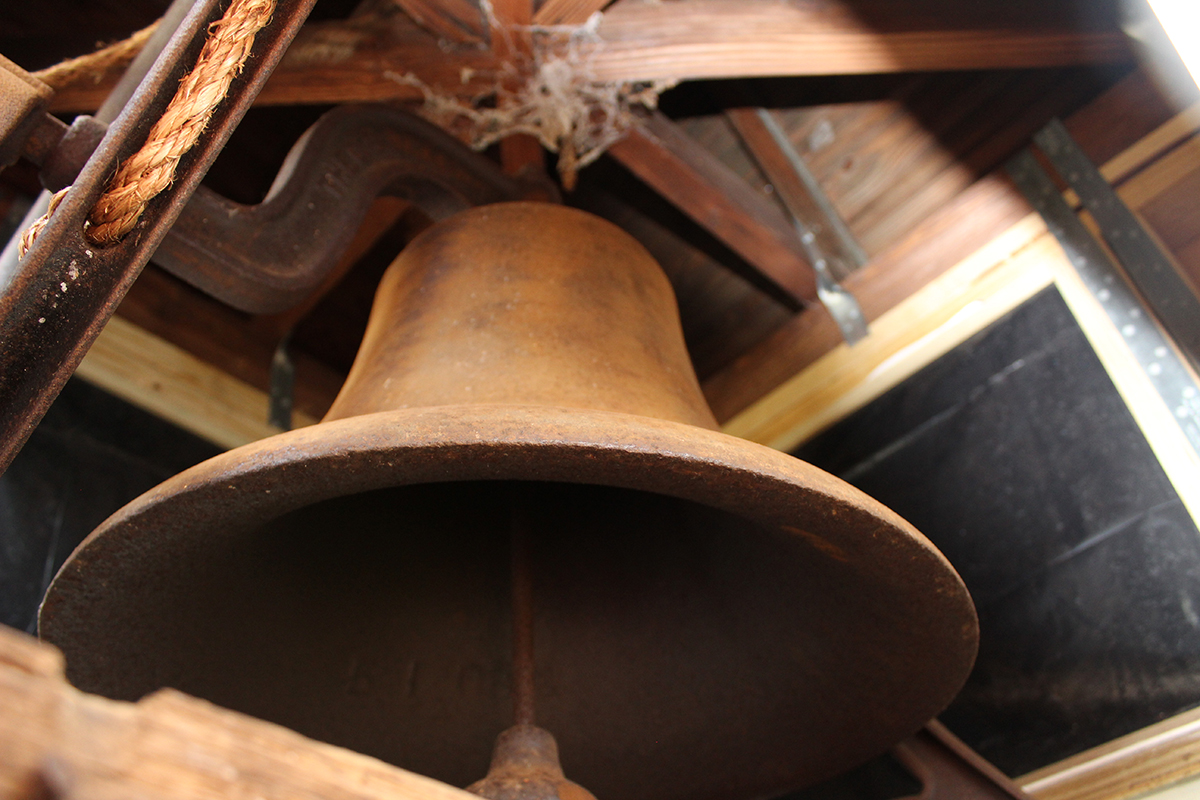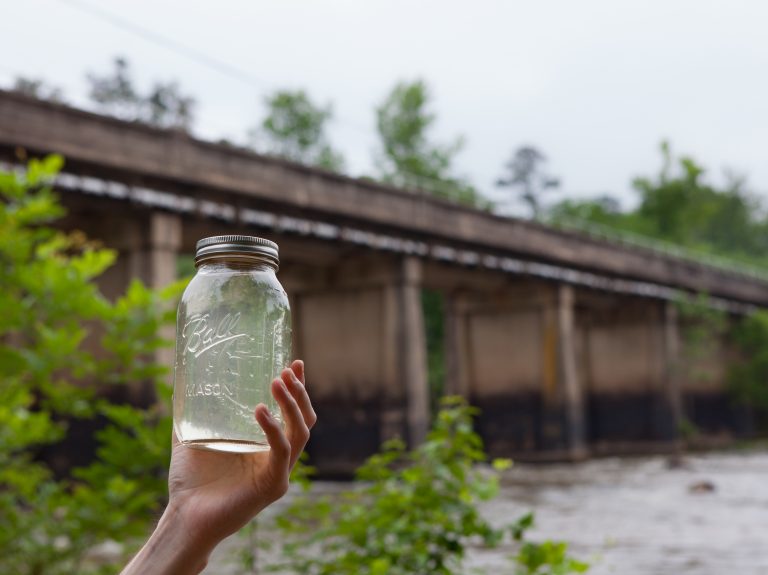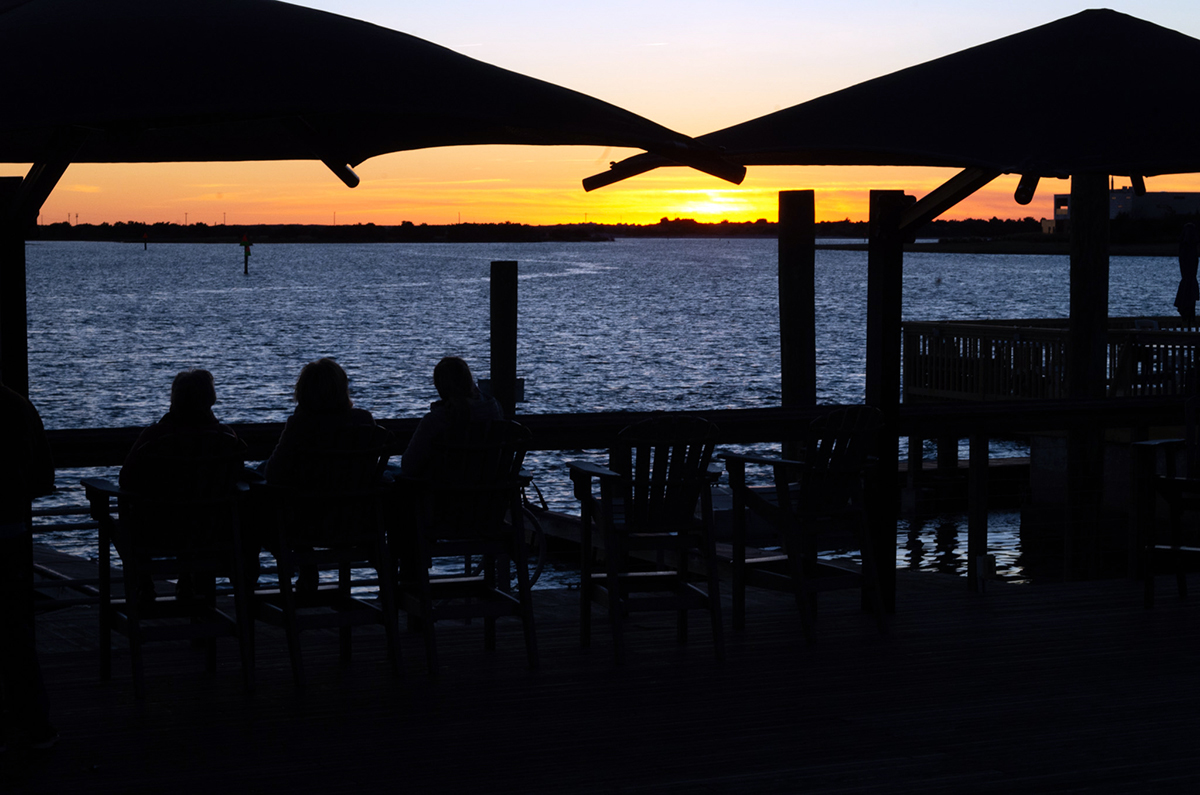
The steeple has been restored and returned to Navassa’s historic Reaves Chapel, a mid-1800s church built by people who were formerly enslaved.
Cedar Hill/West Bank Heritage Foundation and Coastal Land Trust officials said Wednesday that returning the steeple to the top of the Civil War-era church is a milestone in the ongoing preservation of the local landmark.
Supporter Spotlight
“This is a great moment for the community, and particularly for those of us with a connection to this land and this chapel,” said Alfonso Beatty, president of the foundation. “I can’t wait to hear the bell ring out that called people to gather once again.”
Reaves Chapel was built on the Cape Fear River in the mid-19th century by people who were formerly enslaved. It was moved inland to its current location around 1911 by the congregation using logs and a team of oxen to transport it to land owned by Edward Reaves, a man formerly enslaved at the Cedar Hill Plantation, and for whom the Chapel was named. Reaves Chapel and its small cemetery served an African Methodist Episcopal congregation until the late 1990s, when it became dilapidated.
Reaves Chapel was purchased by the Coastal Land Trust in March 2019 with funding from The Moore Charitable Foundation’s Orton Foundation and Historic Wilmington Foundation. In partnership with the Cedar Hill/West Bank Heritage Foundation, the building is being restored to be a place to gather and celebrate community, service, faith and history.
Contractors Balding Brothers have been leading the restoration work on all aspects of the project. In addition to restoring the steeple, they reinstalled the original bell and reattached the steeple to the church in its original location.
“Seeing the steeple secured to the top of the church is gratifying, and certainly adds to our excitement about seeing this project through to the end,” said Jesica Blake, associate director of the North Carolina Coastal Land Trust.
Supporter Spotlight
Along with preserving years of history, Reaves will be part of the Gullah Geechee Culture Heritage Corridor, a National Heritage Area established by Congress to recognize the unique culture of the Gullah Geechee people.
Rice plantations were prevalent along the west banks of the Cape Fear River, and many were worked by the descendants of the Gullah Geechee peoples of coastal Africa, who were forcibly brought across the ocean because of their experience in rice cultivation. Reaves Chapel is one of the few surviving structures from the Civil War era that preserve their vital cultural heritage.
Cedar Hill/West Bank Heritage Foundation’s mission is to further enhance, develop and improve the cultural Heritage of the Cedar Hill/West Bank Corridor through active community involvement. The Coastal Land Trust conserves lands with scenic, recreational, historic and/or ecological value.
To support this project donate at http://www.coastallandtrust.org/Reaves.







